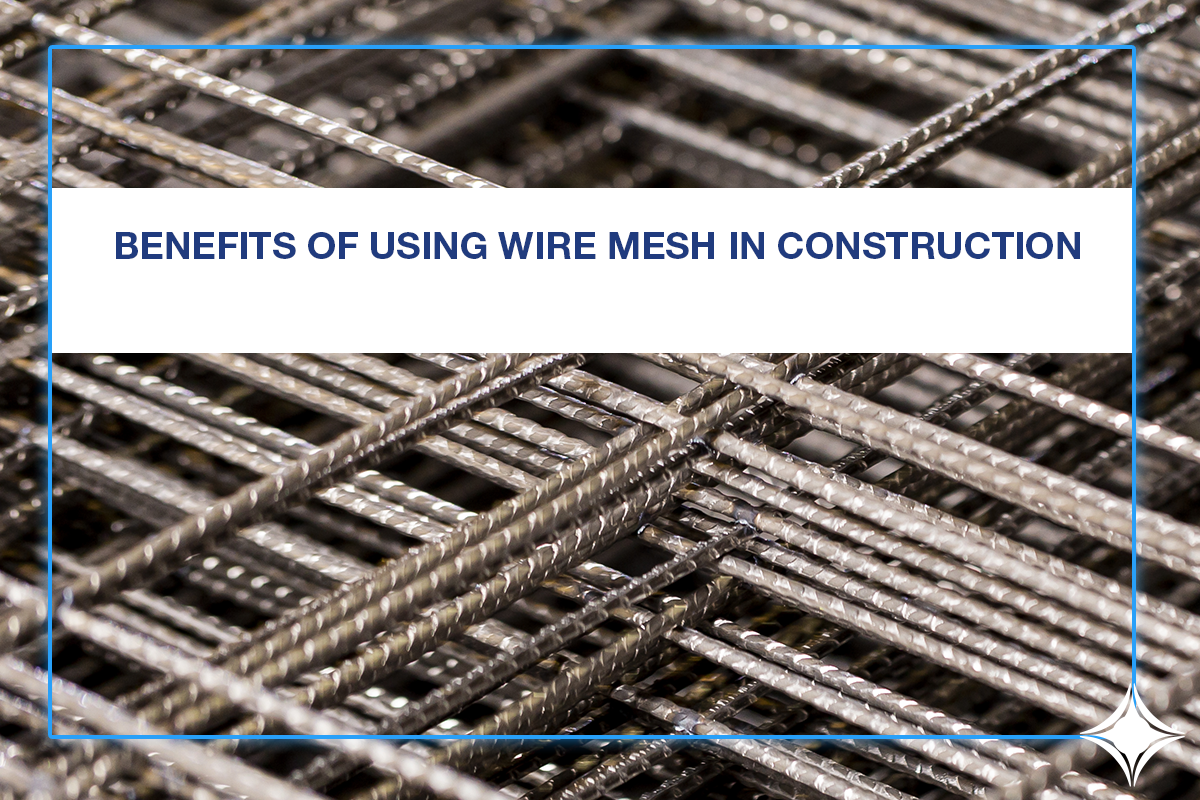Benefits of Using Wire Mesh in Construction
Wire Mesh is one of the materials that offer the most benefits to the construction process because, in addition to making it simpler, it helps save time, labor, and money.
What is Standard Welded Wire Reinforcement (SWWR)?
The high-quality welded wire comprises square grids evenly welded using electrical resistance. The wires are placed together longitudinally and transversely at specific intervals.
The standard/construction wire mesh is generally used as reinforcement for concrete in residential and light commercial construction.
What are the main benefits of the Standard/Building Wire Mesh?
This steel-based construction material offers various competitive advantages:
- Properly applied to SOG (Slab on Grade) concrete, SWWR helps prevent cracks and reinforces them if they present cracks, thus increasing the structure’s useful life.
- Reducing the possibility of concrete cracking greatly increases the safety of the constructions it is used for as well as for the people that use it.
- It is easy to install, handle, and store, making it very convenient.
- It comes in two presentations: Sheets and Rolls.
- Help reduce labor and operating times.
- Eliminates the preparation and tying process.
- Minimizes the human error factor.
- Lowers spending on materials.
- Provides high resistance and strength.
- Easy to install in a short time.
If you want to learn more about the various applications of Wire Mesh in construction and infrastructure, read this article on our blog: Range of Applications of Welded Wire Mesh in Infrastructure
What are the qualities of WMC’s Wire Mesh?
Our SWWR (Standard Welded Wire Reinforcement) is available from D1.4 (10-gauge) to D4.0 (4-gauge), with cross spacing to meet steel area requirements. Additionally, the SWWR produced by WMC meets ASTM A1064 specifications.
HDG (Hot Dipped Galvanized) and epoxy-coated wire mesh is also available on a made-to-order basis.
Learn more about this product here.
